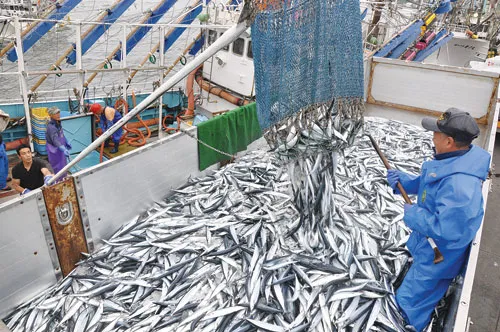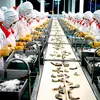Urgent tech upgrading required during economic integration

Low-quality and low-priced products have been the concern of Vietnam’s seafood industry, a situation caused by the continued use of out-dated processing machines and facilities. This concern is becoming more serious in the context of regional and global integration, meaning more concerted efforts are required to upgrade processing technology across the secure.
Vietnam now has around 500 seafood processors and exporters, mostly concentrated in the Mekong Delta. Most of them are small and medium-sized enterprises using outmoded technology. The biggest disadvantage facing Vietnam’s seafood industry.
"In an integrated economy, quality is the most important aspect, price is only secondary. If we don’t upgrade our technology, there won’t be a place for our products in the global market. We can even hardly compete in the domestic market." - Vu Van Khiem, Head, Southern Office, Ministry of Science and Technology.
Post-processing maintenance is a determining factor to the quality of export products. This seafood processing facility invested nearly 180 thousand dollars on a European-standard freezer. It freezes products twice as fast as other freezers, which helps ensure freshness and hygiene for the products.
"We can’t afford to upgrade our entire system. But we can do it step by step. We’ve started with this freezer." - Truong Hoang Thao, Deputy Director, Kien Hung-Kien Giang Seafood Company.
"We need to have a plan and a roadmap so that enterprises can diversify their products and upgrade their products through the application of high technology." - Le Ngoc Dien, Vice chairwoman, Can Tho City Seafood Association.
When tariff barriers no longer exist in an integrated market, technical barriers are often tightened. Unless the quality of Vietnam’s seafood improves, it will lose overseas markets. Upgrading technology is an urgent requirement and essential to the future of Vietnamese exports.





